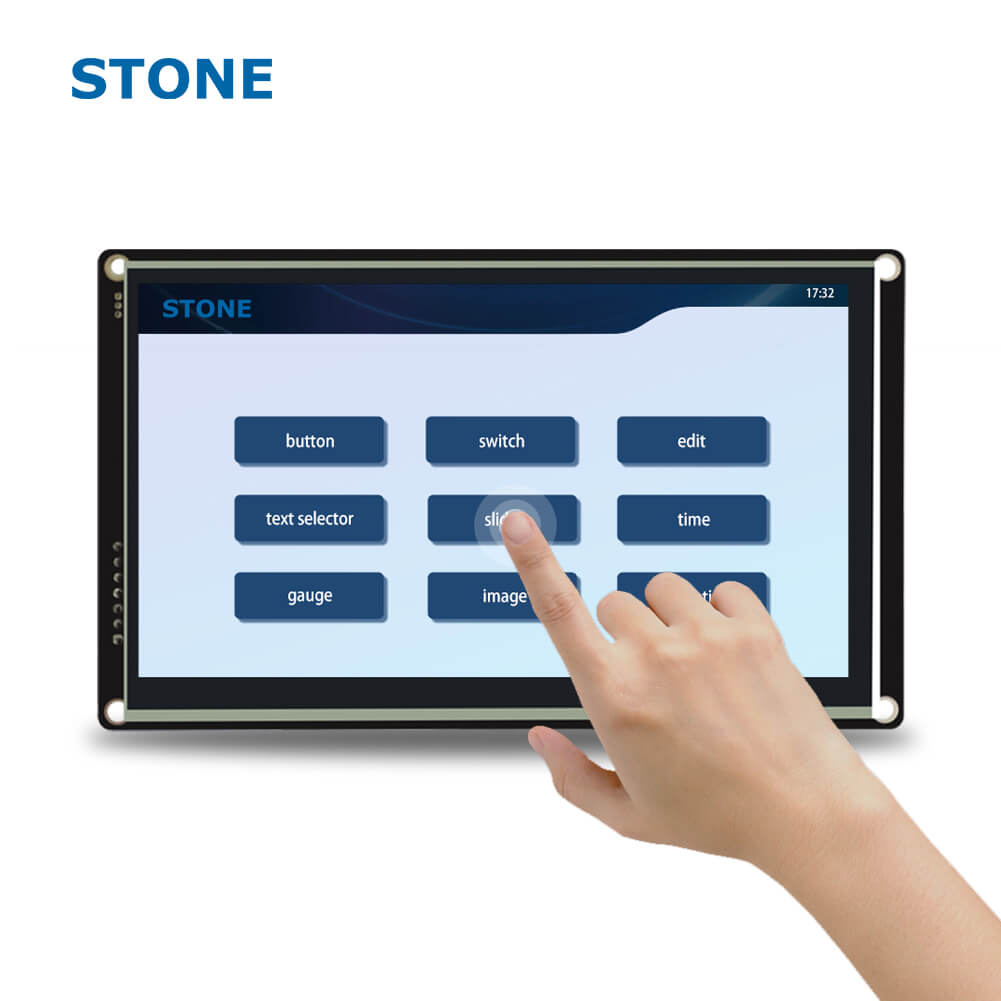Introduction
Human-computer interaction (HCI) is a rapidly growing field of research that seeks to understand how humans interact with computers. Specifically, HCI studies how users interact with the computer, how users learn and use computer programs, and how user interfaces can be designed to maximize ease and effectiveness of use. As technology continues to become more pervasive and complex, HCI is becoming increasingly important. One area of HCI that is gaining attention is the development of high-performance display applications. High-performance display applications are designed to provide users with an immersive and interactive experience when interacting with computers. This essay will examine the concept of human-computer interaction and how it relates to the development of high-performance display applications.
Definition of Human-Computer Interaction
Human-computer interaction (HCI) is a field of study that seeks to understand how humans interact with computers. It is the study of how people interact with computers, the user experience, and the design of user interfaces to facilitate ease and effectiveness of use. HCI studies how humans perceive, learn, and use computer systems, as well as how computer systems can be designed to better meet human needs. HCI also looks at how computer systems can be used to facilitate collaboration between humans and machines.
The goal of HCI is to develop user interfaces that provide a positive user experience, enable efficient and effective use of computer systems, and maximize user satisfaction. This goal is achieved through the use of various techniques such as user testing, user feedback, usability studies, and design of user interfaces.
High-Performance Display Applications
High-performance display applications are computer applications designed to provide users with an immersive and interactive experience when interacting with computers. High-performance display applications are designed to take advantage of advances in computer hardware and software to create a more immersive, interactive, and engaging experience for users. Examples of high-performance display applications include virtual reality, augmented reality, and 3D gaming.
High-performance display applications are designed to take advantage of the user’s visual and sensory capabilities. For example, virtual reality applications use 3D graphics, audio, and haptics to create a more immersive experience for users. Augmented reality applications use live cameras to superimpose virtual objects onto the real world, creating an interactive experience for users.
High-performance display applications also make use of advances in computer hardware and software to increase performance. For example, graphic processing units (GPUs) are used to increase the speed and quality of 3D graphics. GPUs are specialized processors designed to handle the complex calculations required for rendering 3D graphics. Additionally, game engines are used to create more immersive and interactive 3D gaming environments.
Human-Computer Interaction and High-Performance Display Applications
HCI plays an important role in the development of high-performance display applications. As mentioned previously, HCI studies how users interact with computers, how users learn and use computer programs, and how user interfaces can be designed to maximize ease and effectiveness of use. All of these aspects are important when it comes to developing high-performance display applications.
User testing is one of the most important aspects of the development process for high-performance display applications. User testing involves having users interact with the application and provide feedback on their experience. This feedback can be used to identify any usability issues, design flaws, or areas where performance can be improved. Additionally, user testing can help developers to understand how users interact with the application and how they find it useful.
Usability studies are also important when it comes to developing high-performance display applications. Usability studies evaluate the user experience of an application and identify any areas where the user experience can be improved. Usability studies can help developers to determine which features are most important to users and how the application can be optimized for the best user experience.
Finally, the design of user interfaces is an important part of developing high-performance display applications. User interfaces should be designed to be intuitive and easy to use, while still providing an immersive and interactive experience. User interfaces should also be designed to take advantage of advances in computer hardware and software to provide the best possible performance.
Conclusion
In conclusion, human-computer interaction plays an important role in the development of high-performance display applications. HCI studies how users interact with computers, how users learn and use computer programs, and how user interfaces can be designed to maximize ease and effectiveness of use. Additionally, user testing, usability studies, and the design of user interfaces are all important aspects of developing high-performance display applications. High-performance display applications are becoming increasingly important as technology continues to become more pervasive and complex. As such, the role of HCI in the development of high-performance display applications is likely to become increasingly important in the future.



